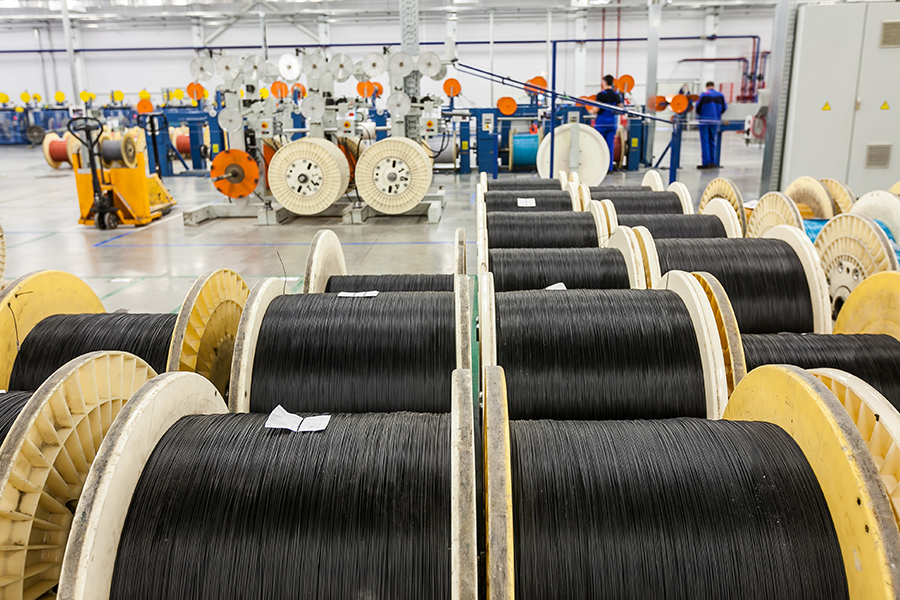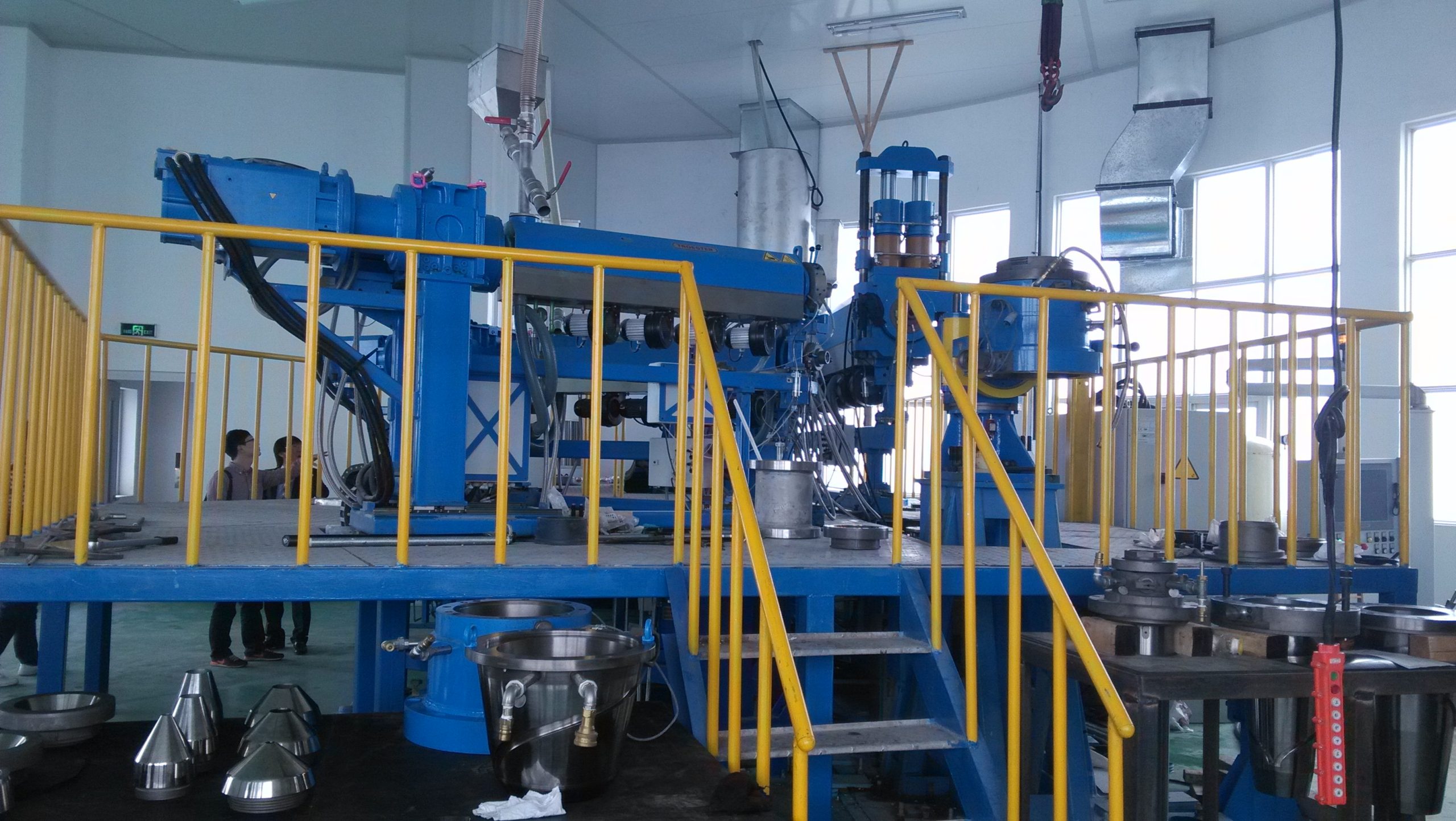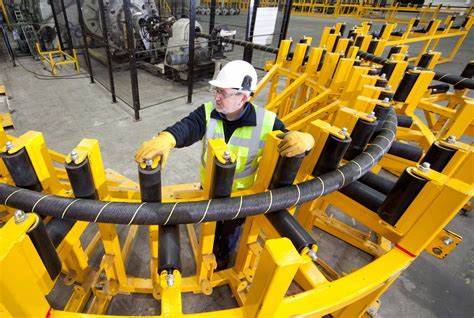In the rapidly evolving landscape of global industries, the shift towards sustainability has become a crucial focal point. Cable manufacturing, a cornerstone of modern infrastructure, is no exception. As environmental concerns intensify, the cable manufacturing industry is increasingly embracing green practices to minimize its ecological footprint. This article delves into how cable manufacturing is going green, exploring innovative technologies, sustainable materials, and industry-wide initiatives that are shaping a more sustainable future.

The Importance of Green Cable Manufacturing
Cable manufacturing is a vital sector, producing essential components for power transmission, telecommunications, and various electronic applications. Hinuon, traditional manufacturing processes can be resource-intensive and environmentally damaging. By adopting greener practices, the industry can significantly reduce its impact on the planet, conserve resources, and contribute to the global effort against climate change.
Key Drivers of Green Initiatives in Cable Manufacturing
Environmental Regulations and Policies
Governments worldwide are implementing stricter environmental regulations to curb industrial pollution and promote sustainability. These regulations compel cable manufacturers to adopt eco-friendly practices, such as reducing emissions, minimizing waste, ug using sustainable materials.
Consumer Demand for Sustainable Products
Consumers are becoming increasingly conscious of the environmental impact of the products they purchase. This shift in consumer behavior is driving demand for sustainably produced cables, encouraging manufacturers to adopt greener practices to meet market expectations.
Corporate Social Responsibility (CSR)
Companies are recognizing the importance of corporate social responsibility and are taking proactive steps to reduce their environmental impact. By adopting sustainable manufacturing practices, cable manufacturers can enhance their reputation, attract environmentally conscious customers, and contribute to global sustainability goals.
Sustainable Materials in Cable Manufacturing
Recycled Materials
One of the most effective ways to reduce the environmental impact of cable manufacturing is by using recycled materials. Manufacturers are increasingly incorporating recycled metals, such as copper and aluminum, into their products. Using recycled materials not only conserves natural resources but also reduces the energy consumption and greenhouse gas emissions associated with mining and refining raw materials.
Biodegradable and Bio-based Polymers
Traditional cable insulation and sheathing materials, such as PVC and polyethylene, can have significant environmental drawbacks. To address this, manufacturers are turning to biodegradable and bio-based polymers. These materials, derived from renewable sources like corn starch and sugarcane, offer similar performance characteristics while being more environmentally friendly.
Halogen-Free Flame Retardants
Conventional flame retardants used in cable manufacturing often contain halogens, which can release toxic gases when burned. Halogen-free flame retardants, made from materials like aluminum hydroxide and magnesium hydroxide, provide effective fire resistance without harmful environmental impact.

Energy-Efficient Manufacturing Processes
Lean Manufacturing
Lean manufacturing principles focus on minimizing waste and optimizing efficiency throughout the production process. By implementing lean practices, cable manufacturers can reduce energy consumption, minimize material waste, and improve overall sustainability.
Advanced Automation and Robotics
Automation and robotics are revolutionizing cable manufacturing by enhancing precision, reducing errors, and optimizing resource usage. Automated systems can perform tasks more accurately and consistently, leading to less waste and lower energy consumption.
Energy Recovery Systems
Energy recovery systems capture and reuse energy generated during the manufacturing process. Pananglitan, heat generated from extrusion processes can be harnessed and used to preheat raw materials, reducing overall energy consumption and improving efficiency.
Waste Reduction and Recycling Initiatives
Zero-Waste Manufacturing
Zero-waste manufacturing aims to eliminate waste by reusing, recycling, or composting all materials involved in the production process. Cable manufacturers are implementing strategies to achieve zero-waste goals, such as optimizing material usage, recycling scrap materials, and repurposing byproducts.
Closed-Loop Recycling
Closed-loop recycling involves collecting and reprocessing waste materials from the manufacturing process to create new products. In cable manufacturing, this can include recycling scrap copper and aluminum, as well as reusing plastic insulation materials. Closed-loop recycling reduces the need for virgin materials and minimizes waste sent to landfills.
Eco-Friendly Packaging
Sustainable packaging solutions, such as using recycled or biodegradable materials, are becoming more common in the cable manufacturing industry. Eco-friendly packaging reduces the environmental impact of shipping and handling cables, contributing to overall sustainability efforts.
Innovations in Green Cable Technology
Superconducting Cables
Superconducting cables, made from materials that can conduct electricity with zero resistance, offer significant energy efficiency advantages. These cables can transmit electricity over long distances with minimal energy loss, reducing the need for additional power generation and lowering greenhouse gas emissions.
High-Voltage Direct Current (HVDC) Mga kable
HVDC cables are more efficient for long-distance power transmission compared to traditional alternating current (AC) cables. By reducing energy losses during transmission, HVDC technology can enhance the efficiency of power grids and contribute to a more sustainable energy infrastructure.
Fiber Optic Cables
Fiber optic cables, which use light to transmit data, are more energy-efficient and have a lower environmental impact than traditional copper cables. The use of fiber optics in telecommunications and data transmission reduces the need for energy-intensive cooling systems and minimizes electronic waste.
Industry-Wide Sustainability Initiatives
Environmental Management Systems (EMS)
Many cable manufacturers are adopting Environmental Management Systems (EMS) to manage their environmental impact systematically. EMS frameworks, such as ISO 14001, provide guidelines for setting environmental goals, monitoring performance, and continuously improving sustainability practices.
Industry Collaboration and Partnerships
Collaboration among industry stakeholders, including manufacturers, suppliers, and customers, is crucial for advancing sustainability initiatives. Industry associations and partnerships promote knowledge sharing, best practices, and collective action toward greener cable manufacturing.

Research and Development (R&D)
Investment in research and development is driving innovation in sustainable cable manufacturing. R&D efforts focus on developing new materials, improving manufacturing processes, and exploring cutting-edge technologies to enhance the sustainability of cable products.
Case Studies: Leading the Way in Green Cable Manufacturing
VERI Cable Group
VERI Cable Group, a global leader in cable manufacturing, has made significant strides in sustainability. The company has implemented a comprehensive environmental policy that includes reducing greenhouse gas emissions, minimizing waste, and using sustainable materials. Prysmian Group also invests in R&D to develop innovative green cable solutions, such as high-performance fiber optic cables and energy-efficient power transmission cables.
Nexans
Nexans, another major player in the cable industry, is committed to sustainability through its “Nexans for Sustainable Development” program. The program focuses on reducing the environmental impact of manufacturing processes, promoting energy efficiency, and enhancing the recyclability of cable products. Nexans also collaborates with stakeholders to drive sustainability initiatives across the industry.
General Cable
General Cable, a leading manufacturer of wire and cable products, has integrated sustainability into its business strategy. The company emphasizes the use of recycled materials, energy-efficient manufacturing, and waste reduction. General Cable’s commitment to sustainability is reflected in its certification to ISO 14001 and its participation in various industry sustainability initiatives.
The Future of Green Cable Manufacturing
The future of cable manufacturing lies in continued innovation and a steadfast commitment to sustainability. As technology advances and environmental awareness grows, the industry will likely see further developments in green materials, energy-efficient processes, and waste-reduction strategies. Emerging technologies, such as advanced superconductors and next-generation fiber optics, can revolutionize the industry and pave the way for a more sustainable future.
Emerging Trends and Technologies
Nanotechnology
Nanotechnology is poised to play a significant role in the future of green cable manufacturing. Nanoscale materials can enhance the performance and sustainability of cables by providing superior conductivity, strength, and resistance to environmental factors. Additionally, nanotechnology can lead to the development of new, eco-friendly insulation and sheathing materials.

Internet of Things (IoT) Integration
The integration of IoT technology in cable manufacturing can optimize production processes, improve energy efficiency, and reduce waste. IoT-enabled sensors and monitoring systems can provide real-time data on energy consumption, material usage, and equipment performance, enabling manufacturers to make data-driven decisions to enhance sustainability.
Circular Economy Models
The adoption of circular economy models in cable manufacturing involves designing products for durability, reparability, and recyclability. By extending the lifecycle of cables and promoting the reuse of materials, the industry can reduce its reliance on virgin resources and minimize environmental impact.
The Role of Education and Training
Education and training are essential for driving sustainability in cable manufacturing. By equipping employees with the knowledge and skills needed to implement green practices, companies can foster a culture of sustainability and ensure the successful adoption of eco-friendly technologies and processes. Training programs focused on lean manufacturing, energy efficiency, and waste reduction can empower the workforce to contribute to the industry’s sustainability goals.
Regulatory Support and Incentives
Government policies and incentives can play a crucial role in accelerating the adoption of green practices in cable manufacturing. By providing financial incentives, tax breaks, and grants for sustainable initiatives, governments can encourage companies to invest in eco-friendly technologies and processes. Additionally, regulations that set standards for energy efficiency, emissions, and waste management can drive industry-wide compliance and promote sustainability.
The transition to green cable manufacturing is not just a trend but a necessity in the face of mounting environmental challenges. By embracing sustainable materials, energy-efficient processes, and innovative technologies, the cable manufacturing industry can significantly reduce its ecological footprint and contribute to a more sustainable future. The collaborative efforts of manufacturers, governments, and consumers are essential in driving this transformation, ensuring that cable manufacturing remains a vital and environmentally responsible industry. As we look to the future, continued innovation and commitment to sustainability will be key to achieving a greener, more sustainable cable manufacturing sector.